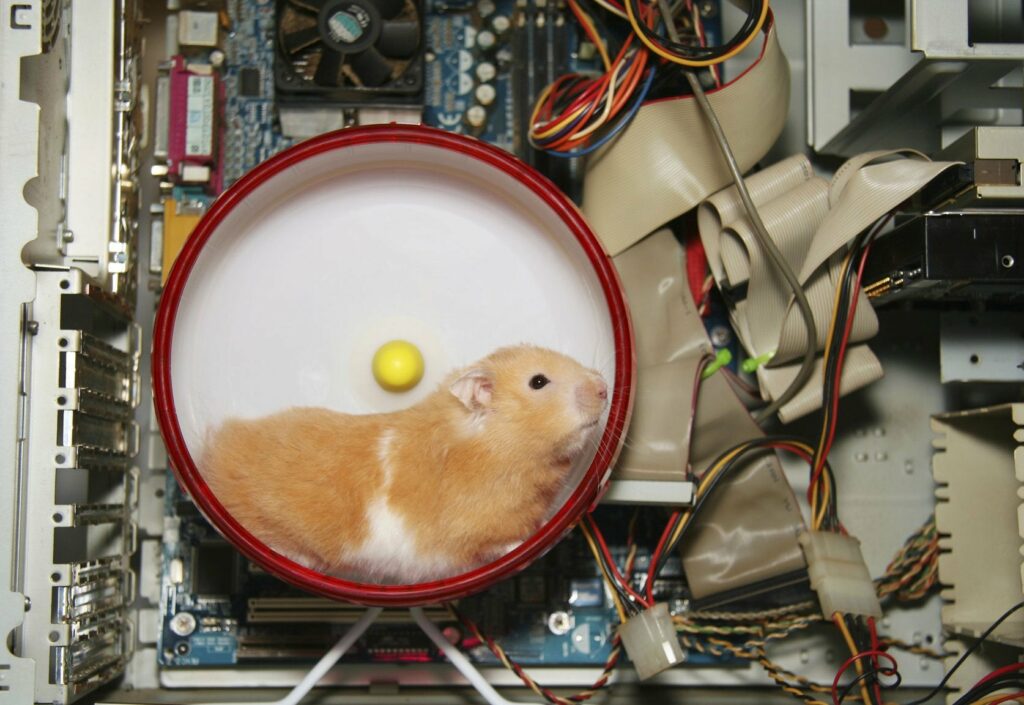Introduction
Most credit card shutdowns from any bank can be attributed to one of the following:
- Credit line cycling
- Anonymous payments
- Phone payments from different numbers or from VOIP services
- Repeated, large-scale gift card purchasing
- Bust-out risk behavior
- Repeated fraud alerts, especially if they’re not cleared in a timely fashion
- Banking related issues
Citi’s Special Behavior
Citi is its own kind of special when it comes to shutdown triggers, and we should chat about Citi shutdowns because it seems to be on our collective conscience right now:
Unlike most other banks, Citi hasn’t automated its rules for shutdowns and you can’t get around most of its automation with slow ramp-up and similar gaming. Instead, Citi’s algorithms for everything except spend patterns are largely rigid and exclusively for flagging accounts for human analysis. It’s always up to a human to determine whether or not your account stays alive once you’ve been flagged.
The Impact
Citi’s human analysis means that when you look surface deep you’ll find certain conundrums. My favorite is that some churners report cycling Citi credit lines without any issues, and you’ll find other reports of shutdowns after accidentally cycling credit lines by a few hundred dollars. A similar story comes up with bill pay services like CheckFreePay, and the list goes on.
When you dig a bit deeper with the knowledge that Citi shutdowns are human based, you’ll find that all of these reports are probably true. The real shutdown trigger at Citi is if your transactions look suspicious at a glance when an analyst examines your account. Repeated $200 payments don’t look normal and will probably lead to a shutdown, but four invoice payments to a legitimate business with one-to-two sizable payments in the middle is probably fine even if credit lines are cycled.
Avoiding Shutdowns
Thus, to avoid shutdowns with Citi, you’ve got two options, but only one of them is needed to keep you alive:
- Don’t get an analyst looking at your account
- Don’t have a strange looking transaction history
Personally, I shoot for the former always, and the latter to the extent possible. Either way you’ve got options.
Good luck!

Inside view of the server responsible for Citi’s suspicious credit card behavior algorithms.